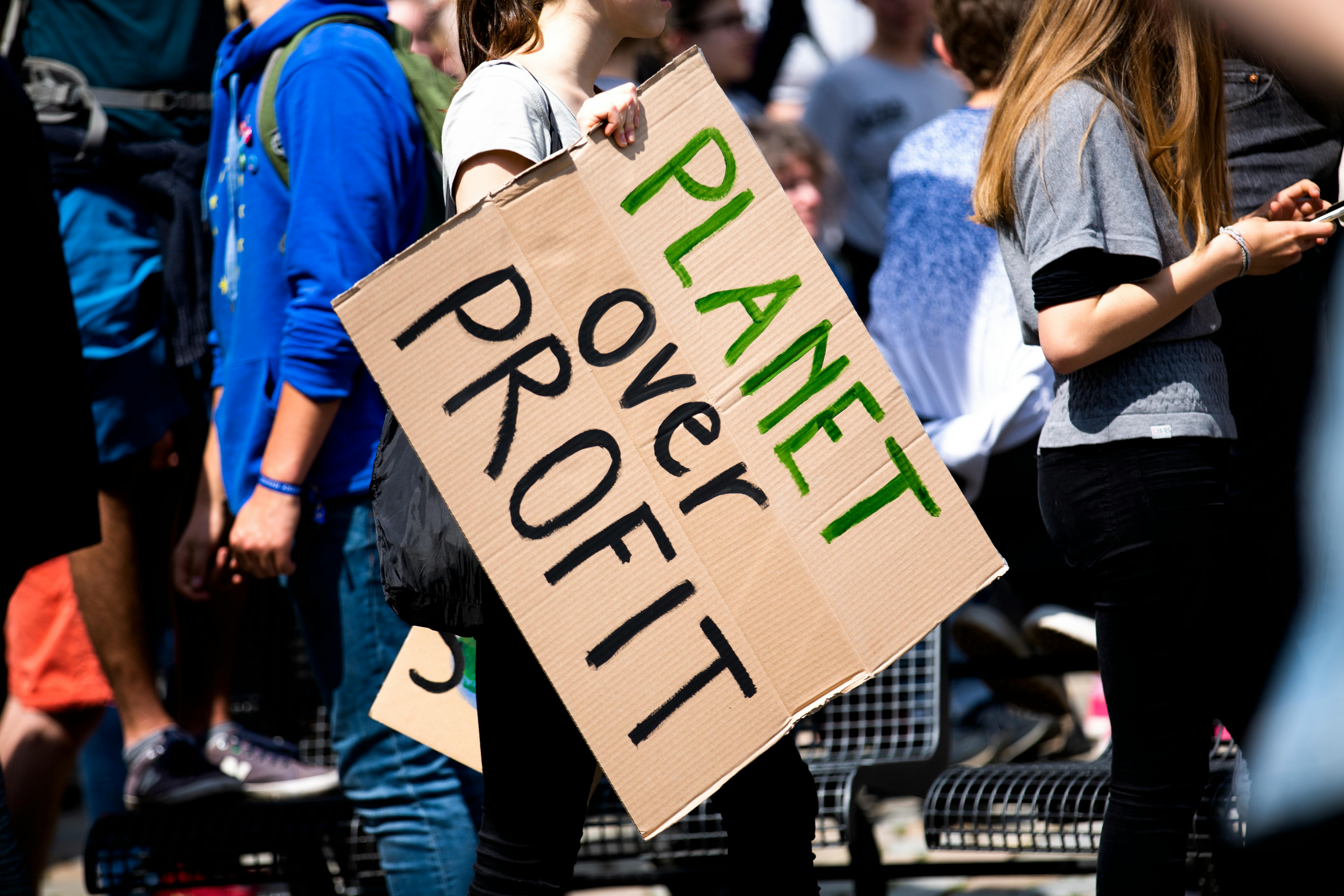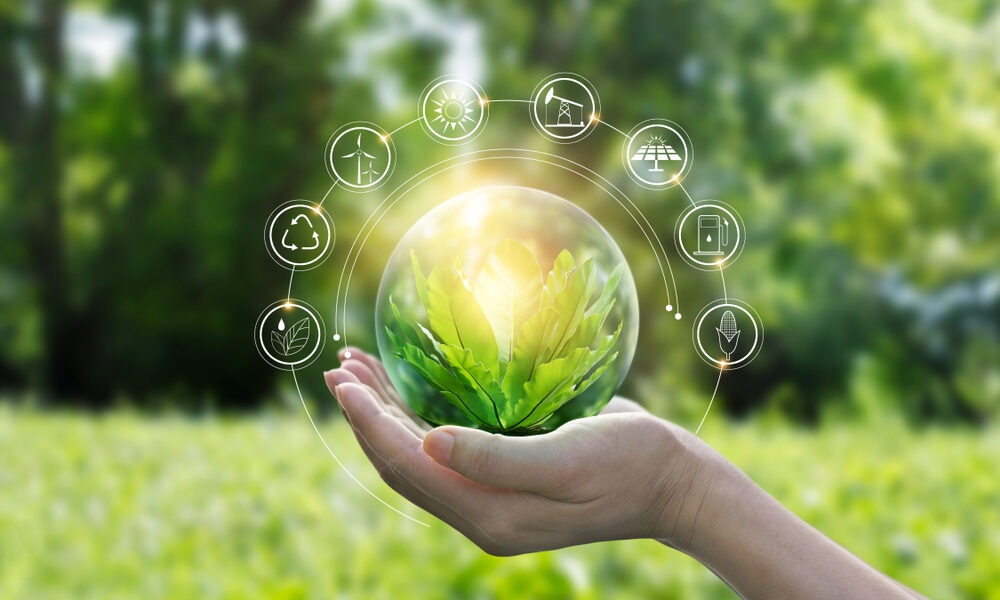
How Switching to Briquettes Can Reduce Your Carbon Footprint
The Business Case for Briquette Adoption
As businesses worldwide face increasing pressure to reduce their environmental impact, many are discovering that switching to briquette energy solutions offers a practical and effective path to significant carbon footprint reduction. This article examines real-world case studies of organizations that have successfully implemented this transition, highlighting both the environmental benefits and the business advantages they've realized.
Understanding Carbon Footprint Impact
Before diving into specific cases, it's important to understand how briquettes contribute to carbon footprint reduction:
The Carbon Cycle Advantage
Unlike fossil fuels, which release carbon that has been sequestered for millions of years, biomass briquettes participate in the short-term carbon cycle. The carbon dioxide released during combustion is roughly equivalent to what was absorbed by the plants during their growth, creating a near carbon-neutral energy source when produced sustainably.
Quantifiable Carbon Reduction
When compared to common energy alternatives, the carbon savings from briquette adoption are substantial:
- vs. Coal: 85-95% reduction in CO₂ emissions
- vs. Heating Oil: 75-85% reduction in CO₂ emissions
- vs. Natural Gas: 50-60% reduction in CO₂ emissions
- vs. Traditional Charcoal: 30-40% reduction in CO₂ emissions
Case Study 1: Manufacturing Sector
Textile Factory in Bangladesh
Background: A medium-sized textile manufacturing facility with 200 employees previously relied on coal for its boiler operations, consuming approximately 1,200 tons annually for steam generation.
Transition: In 2021, the company invested $175,000 to convert its boiler system to run on coconut shell briquettes, including equipment modifications and staff training.
Results after 18 months:
-
Environmental Impact:
- Annual CO₂ emissions reduced by 2,340 tons (91% reduction)
- Sulfur dioxide emissions reduced by 98%
- Particulate matter emissions reduced by 75%
-
Business Benefits:
- 15% reduction in overall energy costs despite higher unit price of briquettes
- Qualification for government green manufacturing incentives worth $45,000 annually
- Secured contracts with environmentally conscious European brands seeking suppliers with reduced carbon footprints
- ROI achieved in 14 months, faster than the projected 18 months
Key Success Factors: The company attributes their successful transition to thorough staff training, establishing reliable supply chains with multiple briquette suppliers, and gradual implementation that allowed for system optimization.
Case Study 2: Hospitality Industry
Resort Chain in Thailand
Background: A luxury resort chain with five properties previously used LPG for water heating and kitchen operations, with annual consumption of approximately 180,000 kg across all locations.
Transition: The company implemented a phased approach, first converting their water heating systems to briquette boilers, followed by specialized cooking equipment in their restaurants.
Results after 24 months:
-
Environmental Impact:
- Annual carbon footprint reduced by 415 tons CO₂e (62% reduction)
- Achieved carbon-neutral certification for their spa operations
- Eliminated transportation emissions associated with LPG delivery
-
Business Benefits:
- 22% reduction in energy costs across all properties
- Enhanced marketing appeal to eco-conscious travelers, with 15% increase in bookings citing sustainability as a factor
- Improved guest experience through authentic cooking methods in restaurants
- Reduced dependency on fluctuating LPG prices
Key Success Factors: The resort's success stemmed from their comprehensive approach that included staff engagement programs, guest education about their sustainability initiatives, and partnerships with local briquette producers that created positive community relations.
Case Study 3: Food Processing Industry
Coffee Roasting Company in Colombia
Background: A medium-sized coffee roasting operation previously used a combination of electricity and propane for their roasting processes, with high energy costs and significant carbon emissions.
Transition: The company invested in specialized biomass roasters that utilize coffee husk briquettes—creating a circular economy by using their own waste stream as fuel.
Results after 12 months:
-
Environmental Impact:
- Carbon footprint reduced by 68% for roasting operations
- Eliminated 35 tons of coffee husks from waste stream annually
- Reduced transportation emissions by using on-site waste
-
Business Benefits:
- 31% reduction in energy costs
- Created new revenue stream by selling excess briquettes to local businesses
- Improved product differentiation in competitive market
- Secured premium pricing from environmentally conscious buyers
Key Success Factors: The company's innovative approach to creating a closed-loop system not only reduced their carbon footprint but transformed a waste management challenge into a valuable resource.
Implementation Strategies for Businesses
These case studies reveal several common strategies that contributed to successful transitions:
Phased Implementation
Rather than attempting a complete system overhaul, successful companies typically start with pilot projects in non-critical operations, then expand based on results and learnings.
Supply Chain Development
Establishing relationships with multiple suppliers ensures consistent availability and quality of briquettes. Some businesses have even invested in local production capacity to secure their supply.
Staff Engagement
Comprehensive training and education programs help overcome initial resistance to change and ensure proper system operation and maintenance.
Technical Optimization
Working with experienced engineers to optimize equipment for briquette use often yields efficiency improvements beyond the initial conversion.
Marketing Integration
Successful businesses incorporate their carbon reduction achievements into their marketing and stakeholder communications, creating additional value from their environmental investments.
Overcoming Common Challenges
The case studies also highlight how businesses have addressed typical obstacles:
Initial Capital Investment
Companies have utilized various approaches including phased implementation, green financing options, and government incentives to manage upfront costs.
Technical Adaptation
Partnering with equipment manufacturers and briquette suppliers for technical support during the transition period helps address initial performance issues.
Quality Consistency
Establishing clear quality specifications with suppliers and implementing testing protocols ensures consistent briquette performance.
Conclusion
The transition to briquette energy solutions represents a significant opportunity for businesses to reduce their carbon footprint while potentially realizing operational and market benefits. The diverse case studies presented demonstrate that this approach is viable across multiple sectors and scales of operation.
As carbon reduction becomes increasingly important for regulatory compliance, customer expectations, and corporate social responsibility goals, briquettes offer a practical, implementable solution that can deliver meaningful environmental impact alongside business advantages.
For organizations considering similar transitions, these case studies provide valuable insights into successful implementation strategies and the potential benefits that extend beyond simple carbon footprint reduction.
